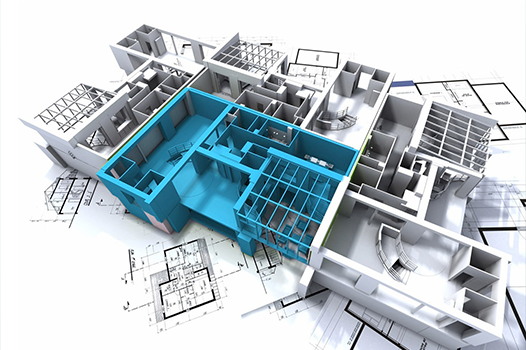Apex Engine Use Case Examples- Architecture
Process of Development: Apex Engine Use Case Examples- Architecture

Architecture and civil engineering has changed a lot over the last decade. Where plans were done on paper and plotters, and white box models were built on a table, the move to 3D visualization has revolutionized the process. Choosing the right game or render engine depends on the project's scope.
The choice of engine can have an effect on workflow efficiency, client engagement, and overall project success. Traditional game engines, commonly used in architectural visualization, require extensive setup, networking, and version control processes, while newer solutions like Apex Engine streamline the process with intuitive tools and real-time rendering capabilities. Let's delve into the comparative aspects of these approaches and explore their implications for architects.
Traditional Game Engines:
Traditional game engines, such as Unity or Unreal Engine, have been widely utilized in architectural visualization due to their powerful rendering capabilities and real-time interactivity. However, the setup process for these engines mirrors that of game development, requiring architects to configure networking, implement version control systems, and often navigate complex plugin ecosystems.
For architects, the workflow typically begins with initial 2D plans, which are then translated into Building Information Modeling (BIM) formats using applications like Revit or similar software. From there, the long and arduous process of designing, building, and importing models into the game engine ensues. This often involves exporting models to intermediate software like Maya or 3ds Max, then converting them to FBX format for import into the engine. Alternatively, architects may need to purchase and install plugins to facilitate the conversion process.
Unfortunately, the gamification of 3D architecture in traditional game engines is not inherently interactive. Clients are often limited to navigating predefined paths or "rails" within the virtual environment, and real-time interaction with architects is challenging due to the complexities of deploying desktop builds. Any changes or adjustments must be sent back to the architecture development team to interpret the notes from the client, make changes and repeat the process again until all parties are satisfied.
Apex Engine:
In contrast, Apex Engine offers a streamlined approach to architectural visualization, eliminating the need for extensive setup and convoluted importing processes. Architects can seamlessly import BiM and FBX models directly into the engine without the need for intermediate software or plugins, and Apex Engine will convert those assets into optimized format using our Apex3D import tool.
Using Apex Engine, architects leverage familiar 2D plans, BIM formats, and other 3D model formats, such as FBX used by traditional engines for rendering. Unlike conventional methods with constant updates and builds, Apex Engine streamlines the process, preserving time and resources. Its intuitive tools and real-time rendering empower architects to efficiently create immersive client environments. Additionally, clients who are given access, can directly access the development environment to provide feedback, enabling real-time adjustments without the need for continuous back-and-forth exchanges, thereby saving valuable time.
Moreover, Apex Engine enhances the gamification of 3D architecture by providing built-in interactivity features that allow both the architectural developer and clients to interact with the objects, change materials, and even make design modifications in real time. This fosters deeper client engagement and facilitates more meaningful collaboration between architects and clients throughout the design process.
Conclusion:
In conclusion, the choice of an engine plays a crucial role in the effectiveness of architectural visualization projects. Picking the right tool for the right job is always essential. While traditional game engines offer powerful rendering capabilities, they often come with cumbersome setup processes and limited interactivity. In contrast, Apex Engine provides architects with a streamlined workflow, intuitive tools, and real-time interactivity, ultimately enhancing client engagement and facilitating more efficient collaboration. As the demand for immersive architectural experiences continues to grow, Apex Engine stands out as a powerful solution for architects looking to push the boundaries of creativity and innovation in 3D architecture.